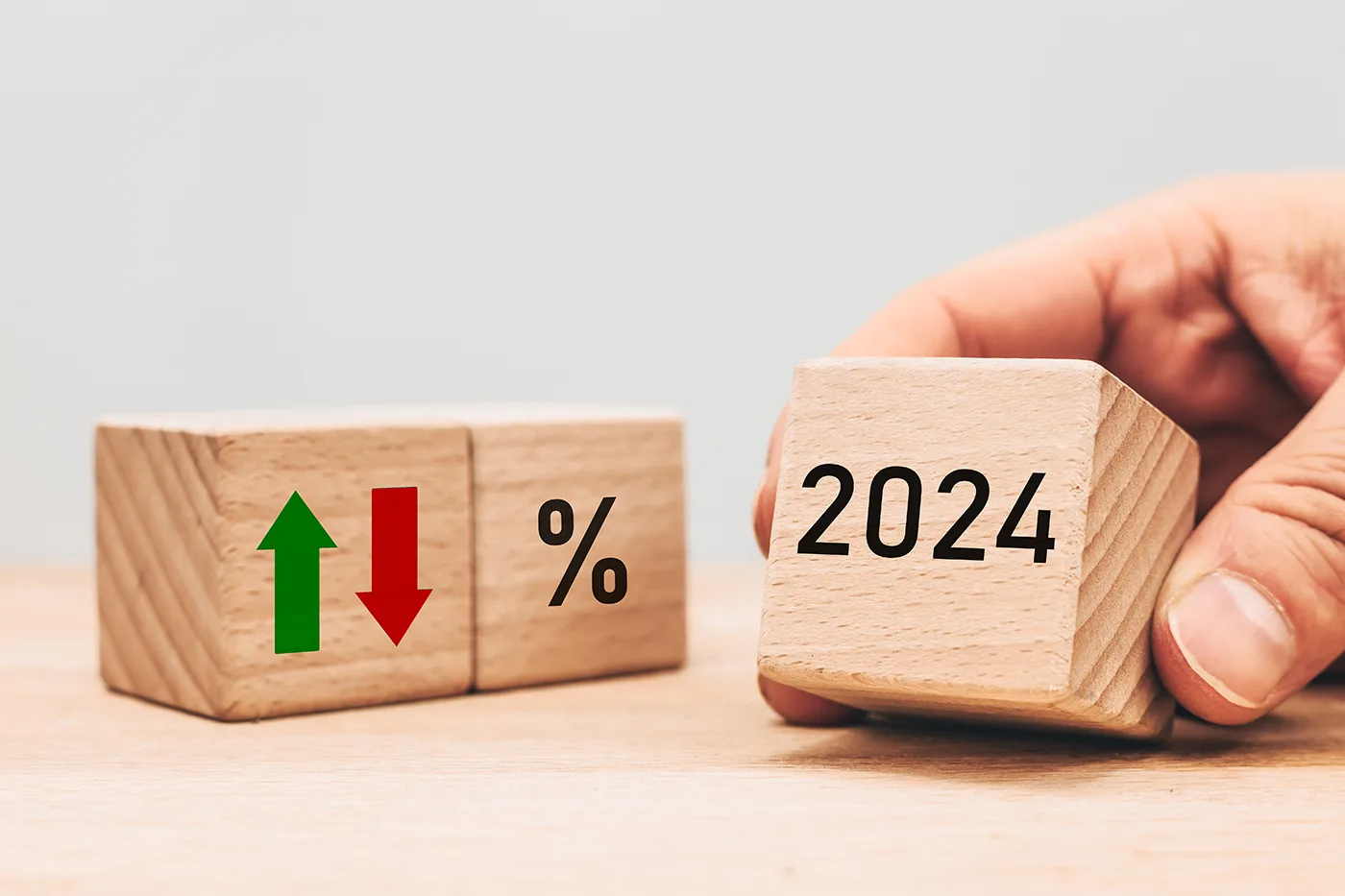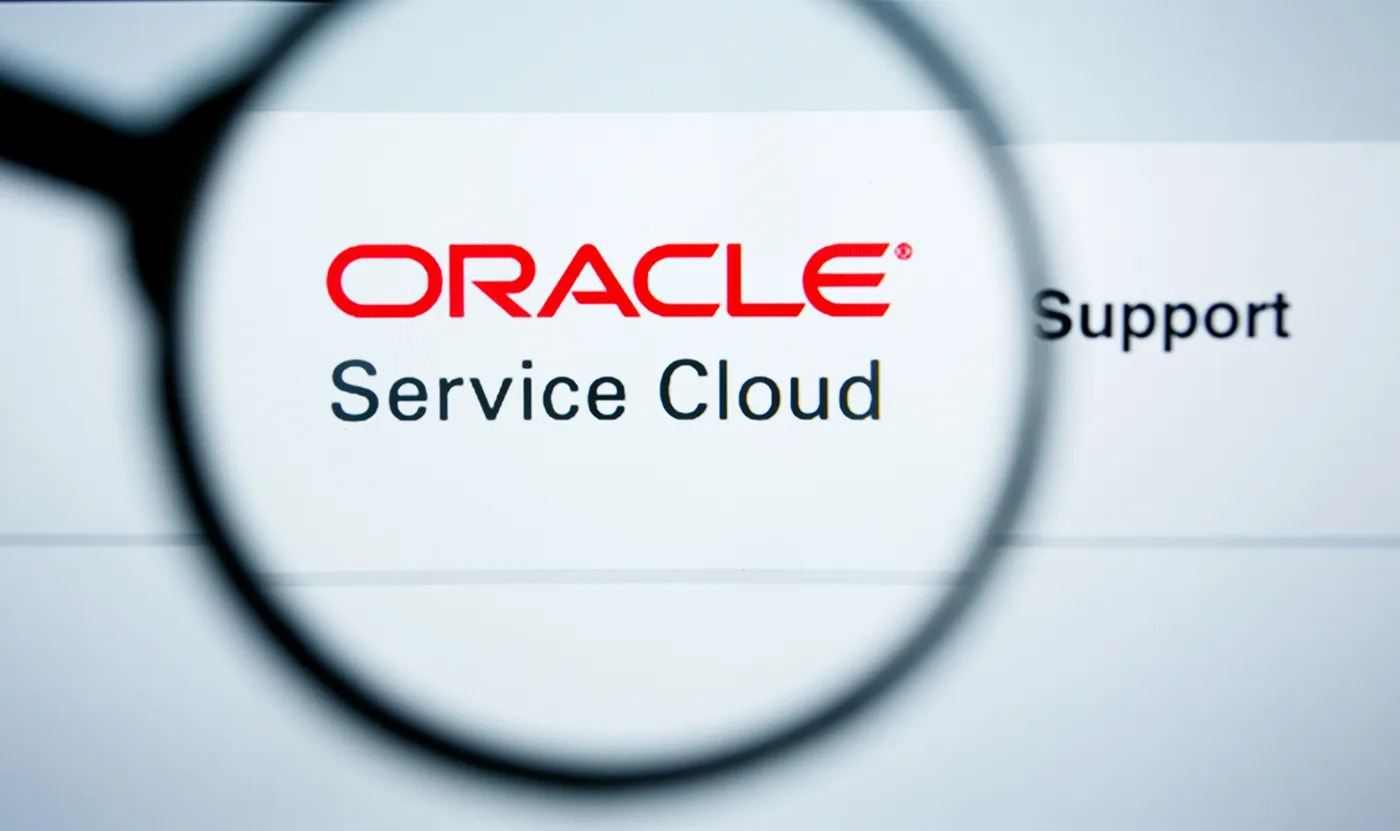Rebate Management is the process of recording what rebate method applies to a customer or product (usually called a trade agreement).
Each purchase or sale is then tracked against the trade agreement so an accrual can be made, which then gets claimed or paid.
Now let’s quickly review why there is a need for rebates, and why companies don’t just give higher discounts in the first place.
What is a rebate?
A rebate is a payment made from a seller to a buyer, contingent upon agreed criteria, such as volume of goods purchased or value of goods purchased, being reached. Rebates are used strategically as incentives, bolstering loyalty to a brand and motivating desired consumer behaviors.
Unlike discounts where cost is deducted prior to payment, a rebate is issued after payment.
What is the purpose of rebate?
Rebates act as an incentive if they are stepped or increased based on reaching higher volume targets. They also act as a loyalty incentive. Usually they run over a time period incentivizing the buyer to stay loyal in order to reach their target and get the rebate they are owed.
If you chose to give a bigger off-invoice discount in lieu of a rebate, the buyer may choose to pass that on to the customer. This results in erosion of the value and price point the brand is trying to maintain. Rebates protect the sell price. More discount does not always translate into loyalty. Rebates encourage loyalty.
What are the types of rebates?
There are two types of rebates:
- Vendor rebates – A vendor rebate sees rebate payments issued by a vendor or supplier to a merchant or distributor.
- Customer rebates – Customer rebates are rebate payments made to a customer or a buyer by manufacturers.
Examples of rebates:
- Fixed volume-based rebates – used to incentivize the purchase of a greater volume of goods e.g., a rebate is paid for purchases of X number of goods or more.
- Fixed value-based rebates – used to motivate higher value purchases e.g., purchases of X value or more will receive a rebate.
- Fixed percentage rebates – used to issue a rebate payment corresponding to a set percentage of gross sales.
- Growth-based rebates – used to increase total volume or value of sales for suppliers, often reflecting incremental targets e.g., if the volume or value purchased surpasses the year-on-year baseline, a rebate is issued.
What are the challenges of rebate management?
Rebate management can be difficult, particularly when done manually. Challenges of rebate management include:
- Complex and time-consuming processes escalate as more rebate programs are introduced. Without clear communication and easy access to information for relevant teams, rebate programs can become confusing and overwhelming, reducing overall success.
- Frustration and inaccuracies from manually creating and understanding spreadsheets.
- Low customer satisfaction or disputes due to slow or miscalculated rebate payments.
Using rebate management software tackles the above challenges with automated processes and data collection creating greater efficiency and accuracy.
What are the benefits of using a rebate management system?
Rebate management systems take the pain away from managing rebates, improve financial visibility and ultimately increase revenue. Still unsure? Let us explain more…
- By collating all relevant details of a rebate program, from the goods or services included, to eligibility, to sales targets, a rebate management system provides clarity to stakeholders at all stages of the program.
- Using the data and analysis collected by a rebate management system, a business can develop a projection of the impact a rebate will have, prior to activation. During and after a rebate program is run, data can be collected to provide further insight into customer behavior.
- A rebate management system can automatically track and calculate rebates due for payment by matching transactions to relevant criteria. Disputes over rebate payments are also minimized by these processes.
- Through automatic processes, rebate management software can notify sales staff of programs their customers are eligible for. It can even issue an alert when customers are nearby, for a rebate threshold to encourage further uptake.
- After a rebate program has been completed, a rebate management system can measure how effective it was, helping to identify points for improvement.
- By removing impractical, costly, and time-consuming processes, sales, and financial teams can refocus their efforts and increase productivity elsewhere.
Rebate management software will grow your volume and margins
Many companies have their own customer rebate programs that they need to run and administer.
Some start out by using spreadsheets to manage their rebates, quickly finding out that this is not a safe or scalable solution.
Many companies also manage supplier rebates, sometimes called vendor rebates.
How will I grow my margins?
Simple – rebate management software will prevent running blanket rebate programs across all products (although you can if you want).
Instead, you can choose to offer rebates on higher value SKUs and exclude the price fighter low margin products. We call these inclusions and exclusions.
The same goes for customers. This means you don’t reduce margin on already ‘skinny’ product lines with an additional rebate.
If you wish, you can also exclude a rebate accruing from any trade promotion you run that increases the off-invoice discount.
How will I grow my volume?
Easy – have rebates that increase based on volume targets reached. But you need software to track this.
Offer double the rebate percentage on new items to help them gain distribution without incentivizing the customer to discount them.
Paying the rebates quarterly will keep them top of mind and that loyalty switch activated for your customers.
Lastly, when you have rebate management software that accrues on each and every transaction that qualifies, you have the flexibility to accrue a %, a flat $ amount, a loyalty point etc. All of these tactics can help grow volume in different ways.
Get fiscal clarity with rebate management software
Imagine the luxury of knowing at any point what you are owed and what you owe in terms of rebate dollars!
For many businesses in the distribution space, rebates are the lifeblood of the trade, and are the difference between profit and loss.
Go on – take control of your rebate management challenges!
How Flintfox helps companies with Rebate Management
At Flintfox, our rebate management software is easy to manage and delivers 100% accuracy and instant margin visibility. This supports you in implementing the right rebate programs to maximize profitability.
On average, our customers see a 158% increase in their margins when they start working with us. Offering seamless integration Flintfox is perfectly positioned to optimize your rebate programs.
With Flintfox, processing rebates with different vendor incentives, promotional structures, and membership agreements has never been faster, saving you valuable time. Our software provides total visibility of cash flow, including precise invoice information. This can be shared with vendors, establishing your business as a reliable and collaborative partner.
Final Takeaways
- Rebates are an effective method of incentivizing higher value or volume purchases while increasing brand loyalty. Compared to pre-purchase discounts, rebates protect price integrity.
- The benefits of a rebate program are undermined by costly manual processes, making rebate management software a financially smart decision.
- Data-driven rebate management systems remove blanket rebates in favor of strategic programs and efficient automated processes, enhancing their impact.
- Using Flintfox’s rebate management software increases accuracy and maximizes profitability.










